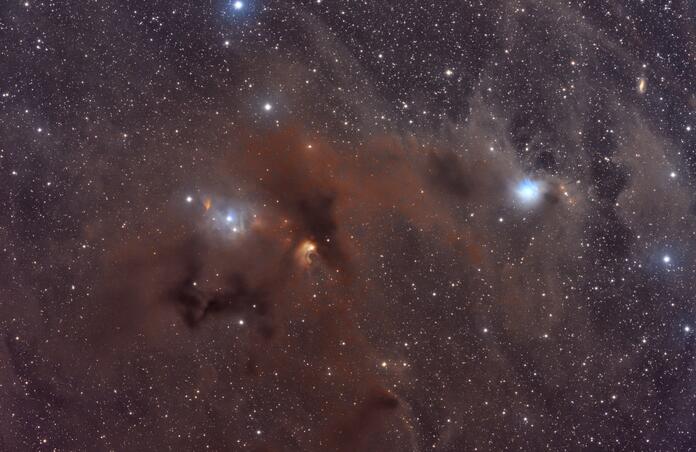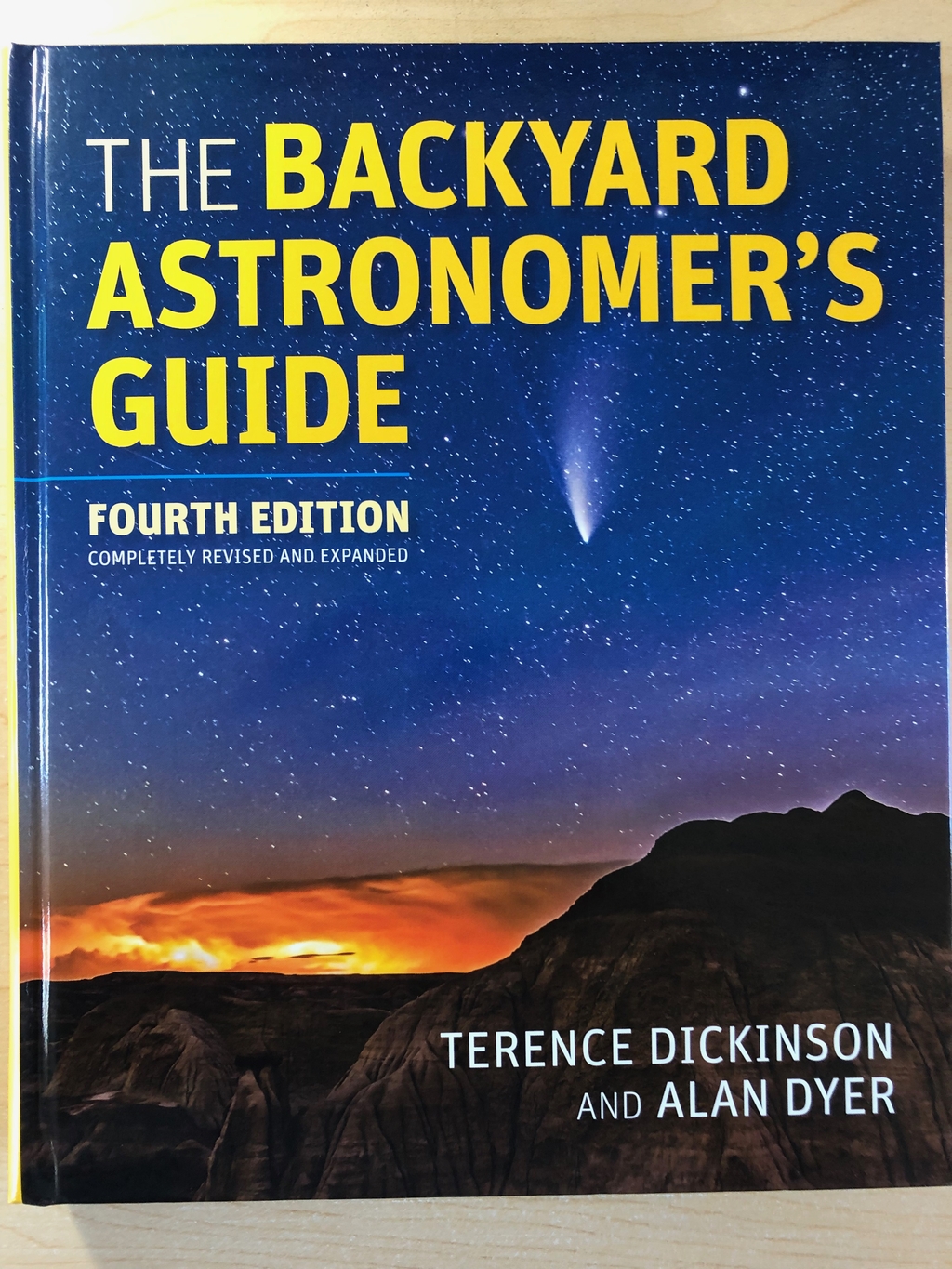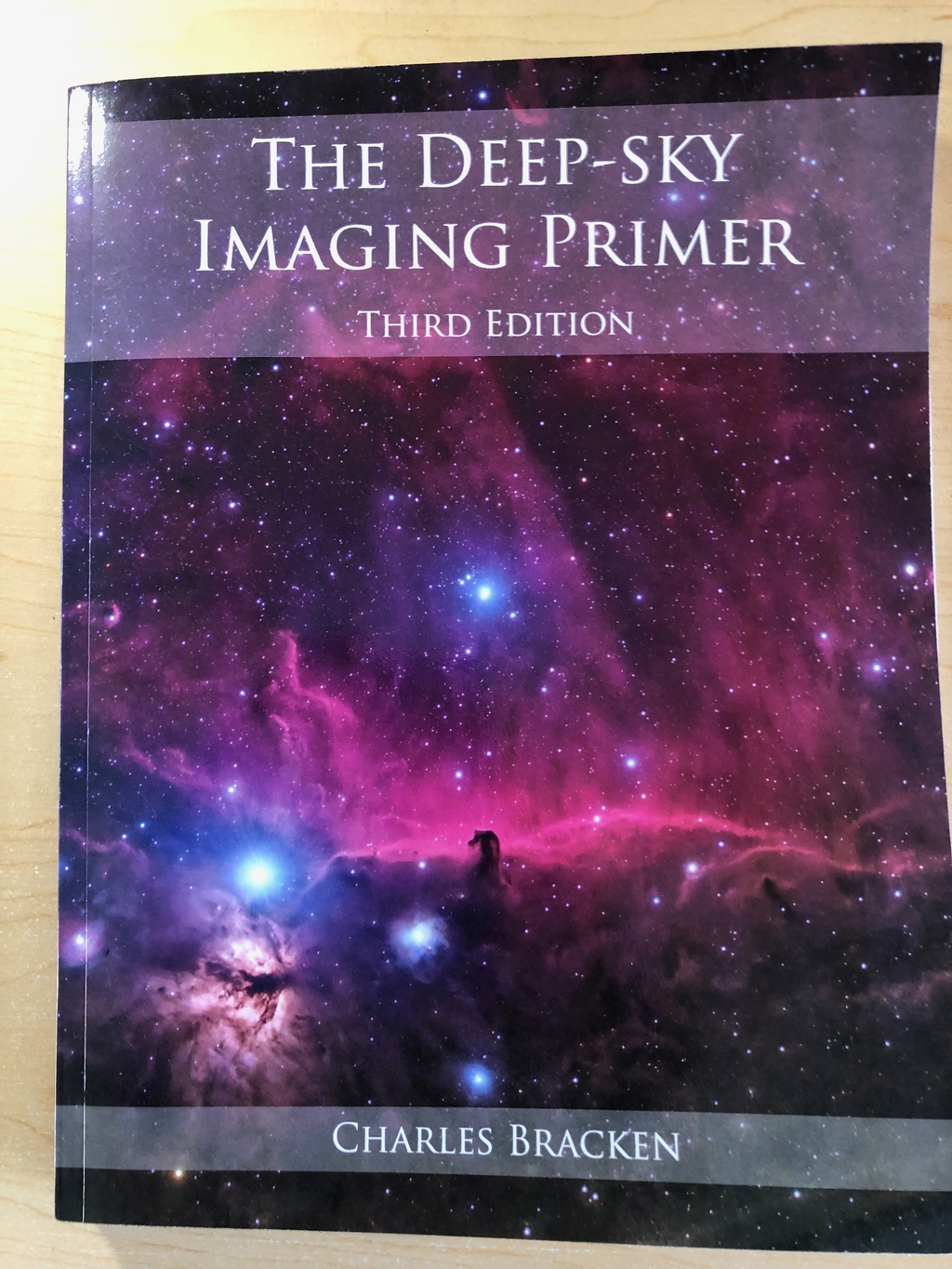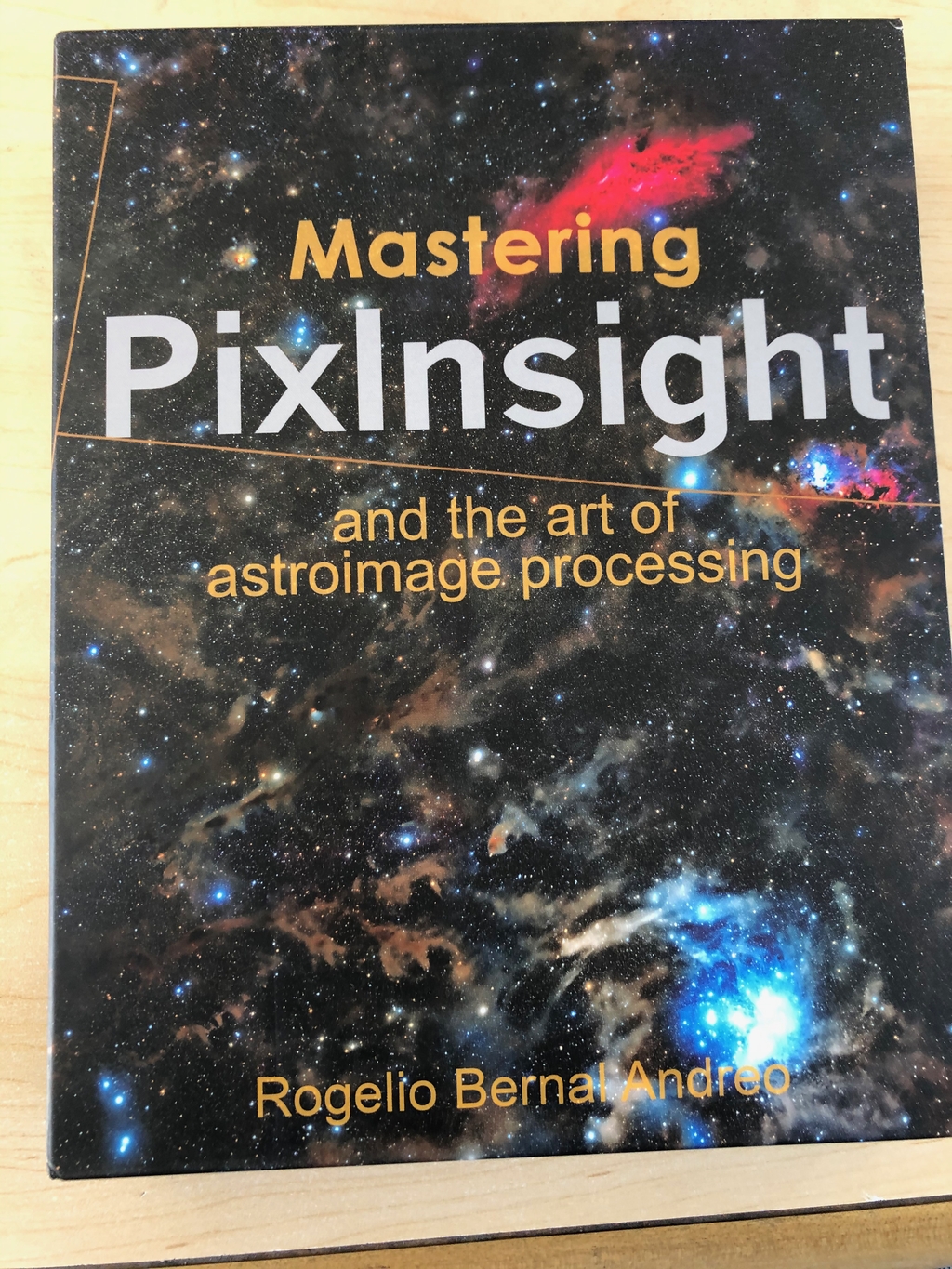Recommended Astronomy & AstroImaging References

The Telescope Live community has grown quite a lot in the last several months, many of whom are new to astronomy and astro imaging. That got me thinking about the many references and tools I’ve used that helped me to understand astronomy in general and astro imaging and processing in particular. These tools were useful to me, so they will probably be very useful to many of you who may not be aware of them and you should take advantage of these references as well.
The Backyard Astronomer's Guide

The first reference I used is a book called The Backyard Astronomer’s Guide by Terence Dickinson. One bit of advice I got when I started this journey, was that I needed to learn and understand how the night sky worked and how to use the equipment involved. This is exactly what this book does. It is written primarily for those starting out as visual observers and explains in easy to understand language how telescopes and eyepieces work separately and together, and gives you a basic explanation about astro imaging. However, the most important sections of the book explain how the night sky actually works. You will learn what Right Ascension and Declination are, celestial and equatorial coordinates, the meridian, the polar axis, precession, the Zodiac constellations and all the rest. Once you have a solid foundation of knowledge of the sky and its workings, pushing forward from here will be much easier to understand. This book is usually available through Amazon or Barnes and Noble or through Terence Dickinson’s website.
The Deep Sky Imaging Primer

When I began learning how to set up equipment and take images of the deep sky, a close friend of mine sent me a copy of the The Deep Sky Imaging Primer 3rd Edition by Charles Bracken. This book is 238 pages and explains in plain language how deep sky imaging works, from understanding how images are taken and how sensors work, through the basics of all the equipment you need to use to acquire your images and finally through the process of taking calibration frames, image stacking and post processing. I’ve continually read through this book many, many times to get a fundamental understanding of the entire process of astro imaging. The Deep Sky Imaging Primer can be found on Amazon and B&N but you should go directly to Charles Bracken’s website to get your copy and check out all the cool things he has there.
Mastering PixInsight and the Art of Astroimage Processing

The next reference I use specific to astro imaging is the 2 volume set called Mastering PixInsight and the Art of Astroimage Processing by Rogelio Bernal Andreo. Rogelio wrote the Unofficial Pixinsight Reference Guide around 2009 and 2010 and this is the logical result of the evolution from that point. The 2 volumes are Mastering PixInsight and RBA’s PixInsight Processes Reference Guide. The first volume takes you through and explains the PixInsight workflow from beginning to end, including all the processes you might normally use in the workflow. The second volume is a reference guide that defines and explains in detail all the main processes in PI. This is an essential reference for any PI user. For more information and to get your copy of the 2 volume set, go to this website.
Adam Block Studios
My last primary reference is also what I think is hands down, the single best astro imaging reference is the Adam Block Studios website. Adam Block is one of the judges for all the Telescope Live Image Processing Contests and he has several image processing tutorials posted on the Telescope Live website. Adam’s video tutorials are very comprehensive; you will not only understand astro imaging in general and how to use PixInsight in particular but most importantly you will learn the why things work the way they do and develop your critical problem solving skills to resolve many new and different issues you’ll encounter processing your images. This alone will make you far more effective in processing your images and obtain very satisfying results. As a member, he will also be quite available and responsive to assist you with any particular processing question or challenge that you may have.If you want to get an idea of Adam’s method before subscribing to his website, subscribe to his channel on YouTube. This channel contains many of his PixInsight image processing tutorials. You will also find Adam’s PixInsight Collection of 31 videos: If you’re new to astro image processing and to PixInsight, this is a solid place to start your journey.
Finally, check out a couple other YouTube Channels that you may want to subscribe to for educational references if you have not done so already. These are:
The AstroImaging Channel (AIC) - Every Sunday evening, the folks who run this channel will have a heavy hitter (Richard Wright, Bruce Paddington, Ron Brecher, Adam Block to name a few) in the world of astronomy and astro imaging presenting a topic of interest to the wider community. I always learn a great deal from these hour or so long presentations to use in my work.
Sky Watcher USA What’s Up Webcast Channel - Similar to AIC except the weekly presentations come out every Friday.
Clear skies and have lots of fun!
Image Credits:
Cederblad 111
Telescope Live 1-Click Observation
LRGB; 8 x 300 sec = Lum; 7 x 300 sec each RGBProcessed in PixInsight
May 2021. Grab the data here
